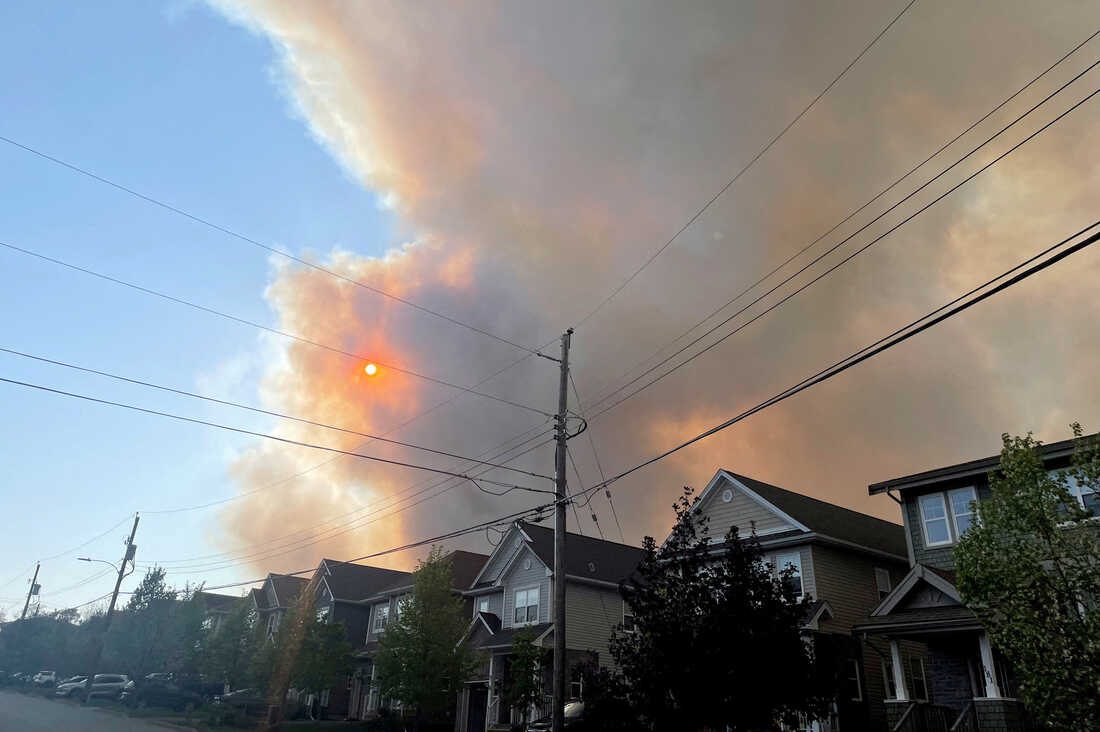Welcome to our comprehensive guide on the proactive measures and strategies employed to safeguard Nova Scotia from the ever-increasing threat of wildfires. As dedicated professionals committed to environmental preservation and public safety, we understand the urgency of addressing this critical issue. In this article, we will delve into the key aspects of wildfire prevention, preparedness, and response, showcasing the concerted efforts undertaken to mitigate the devastating impact of wildfires on Nova Scotia’s pristine landscapes and communities.
Understanding the Nova Scotia Wildfire Crisis
Nova Scotia, a province renowned for its natural beauty, faces mounting challenges in combatting wildfires. Recent years have witnessed a surge in the frequency and severity of these incidents, necessitating a comprehensive approach to safeguard our environment and inhabitants. By examining the root causes, implementing effective preventive measures, and establishing a robust response framework, we can work towards minimizing the devastating consequences of wildfires.
1. Identifying the Causes
To address the wildfire crisis, it is imperative to understand the contributing factors. Nova Scotia’s wildfires primarily originate from natural and human-related causes, including:
- Climate Change: Rising temperatures, prolonged droughts, and changing weather patterns create favorable conditions for the outbreak and spread of wildfires.
- Vegetation Ignition: Dry and highly flammable vegetation, such as dead trees, dried leaves, and underbrush, serves as fuel for wildfires.
- Human Activities: Accidental fires, negligent behavior, and improper disposal of flammable materials significantly contribute to wildfire occurrences.
2. Enhancing Prevention Strategies
Preventing wildfires requires a proactive and multifaceted approach. Here are key strategies employed in Nova Scotia:
Public Awareness and Education Campaigns
Through targeted public awareness campaigns, Nova Scotia aims to educate residents on the importance of responsible fire management. These initiatives emphasize fire safety, proper disposal of flammable materials, and raising awareness about the environmental impact of wildfires.
Strategic Land Management
To reduce the risk of wildfires, Nova Scotia has implemented controlled burns and prescribed fire programs. By strategically managing vegetation through these controlled burns, the accumulation of hazardous fuel loads is mitigated, limiting the potential for wildfires to spread rapidly.
Enforcement of Fire Regulations
Stringent enforcement of fire regulations ensures that individuals adhere to safe practices. Authorities monitor high-risk areas and implement penalties for non-compliance, encouraging responsible behavior and reducing the likelihood of accidental fires.
Firebreak Construction
Creating firebreaks, which are strategically designed gaps in vegetation, acts as a barrier to slow or stop the progress of a fire. Firebreaks can be natural, such as rivers or roads, or purposefully constructed by clearing vegetation along designated boundaries.
3. Strengthening Preparedness and Response
Swift and effective response mechanisms are crucial in mitigating the impact of wildfires. Nova Scotia has developed comprehensive strategies to strengthen preparedness and response capabilities, including:
Early Warning Systems
Deploying advanced monitoring systems, such as remote sensors and aerial surveillance, enables authorities to detect potential fire hazards promptly. These systems provide real-time data on weather conditions, humidity levels, and fire risk assessments, aiding in early intervention and response planning.
Integrated Fire Management Teams
Collaboration among various agencies, including fire departments, forestry services, and emergency response teams, forms the backbone of Nova Scotia’s integrated fire management approach. Coordinated efforts facilitate efficient resource allocation, incident command, and communication during wildfire events.
Training and Equipment
Investing in the training and equipping of firefighters and emergency responders ensures they possess the necessary skills to combat wildfires effectively. Specialized equipment, such as fire-resistant clothing, vehicles, and firefighting tools, are provided to enhance their safety and effectiveness.
Conclusion
As wildfires continue to pose a significant threat to Nova Scotia’s natural landscapes and communities, a comprehensive and proactive approach is essential. By identifying the causes, implementing robust prevention strategies, and strengthening preparedness and response mechanisms, we can significantly reduce the impact of wildfires on our beloved province. Let us join hands in protecting Nova Scotia’s precious environment, ensuring its preservation for generations to come.
Remember, each action we take, no matter how small, contributes to the collective effort of safeguarding our beautiful province. Together, we can make a difference!










